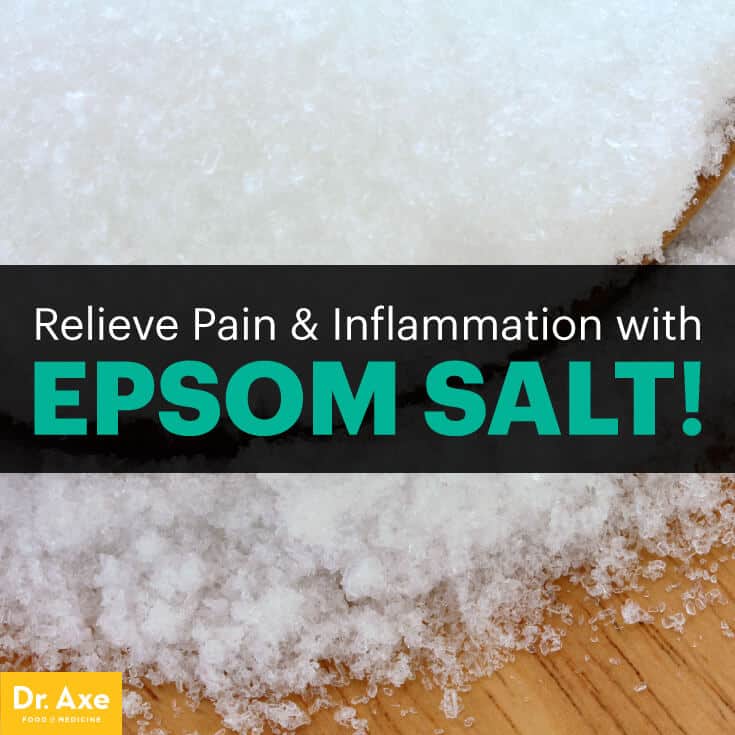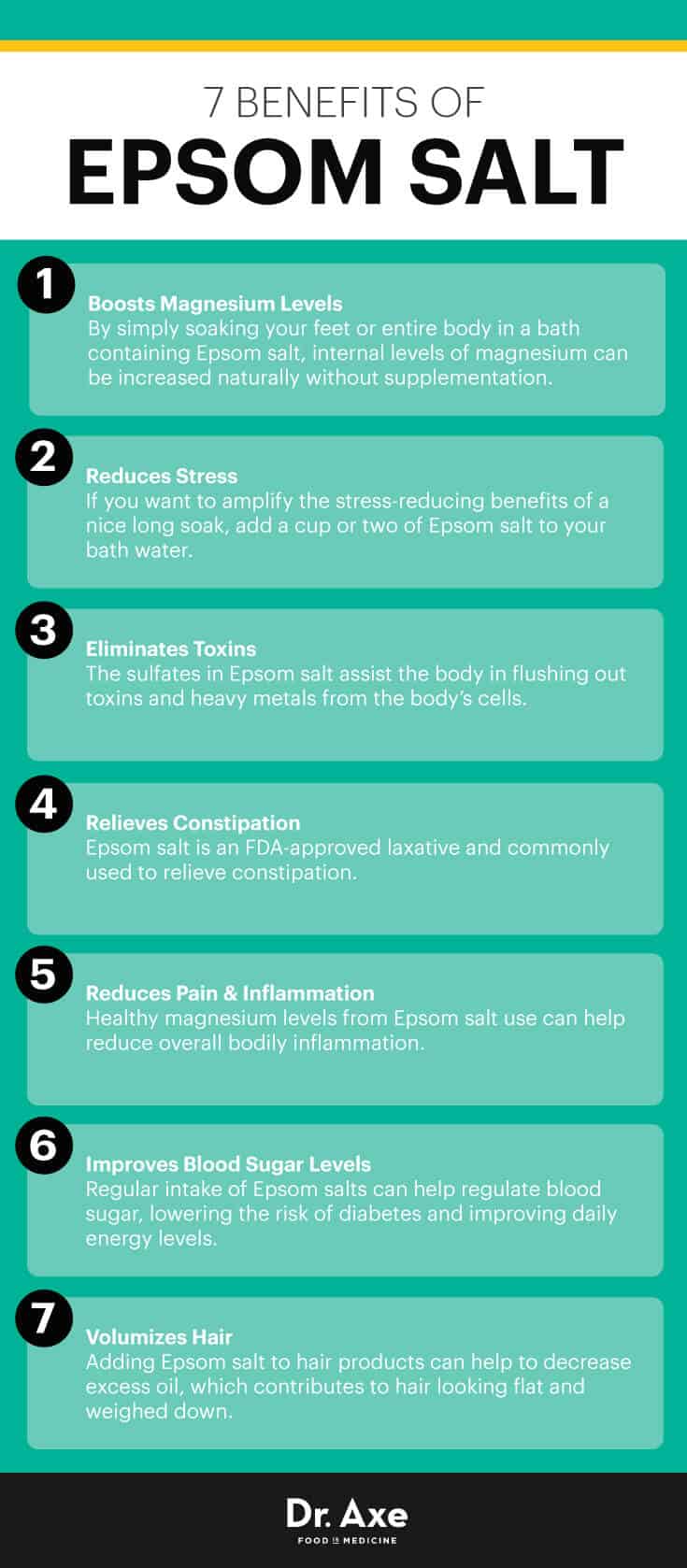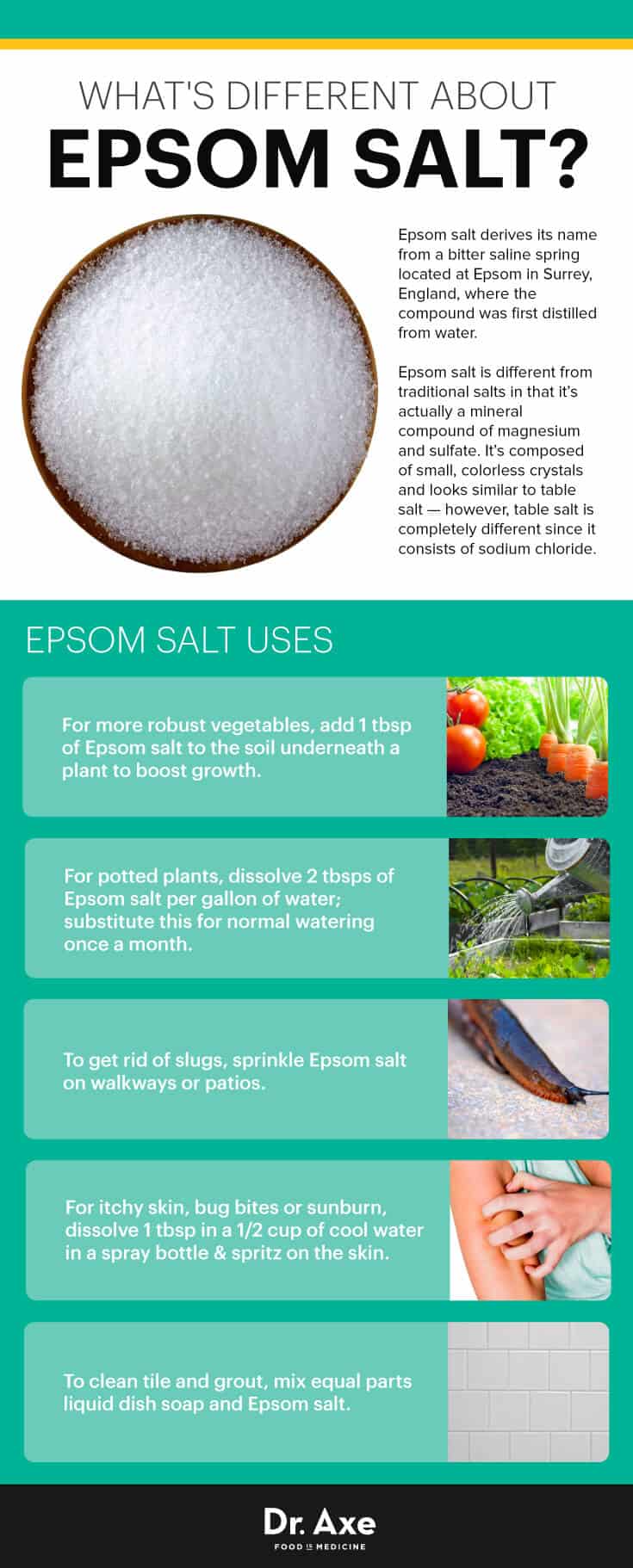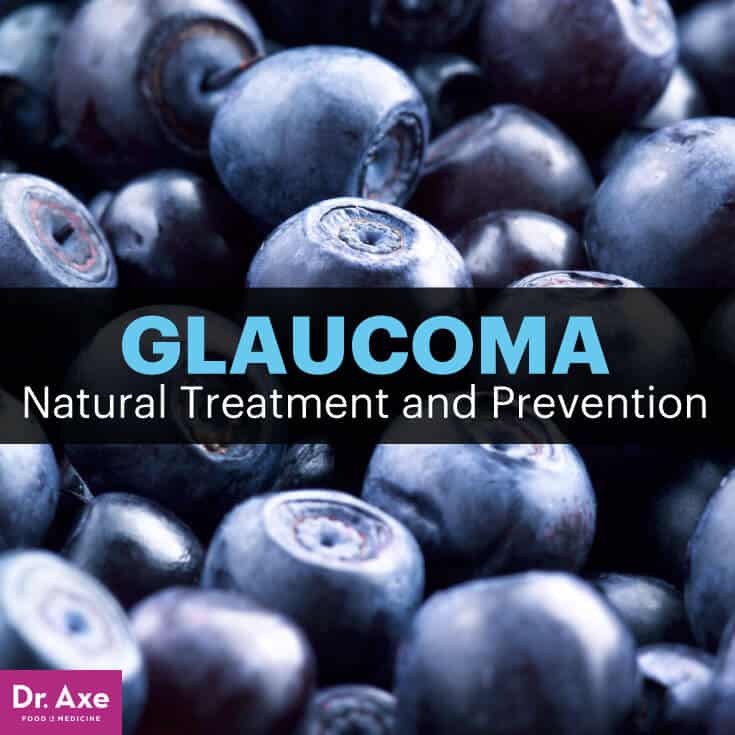




Many African women of child-bearing age have fibroids. It is regarded as a common cause of infertility in women. Aside from inhibiting pregnancy, fibroids can in some instances cause women to experience painful sexual intercourse, prolonged menstrual flow and backache whether the fibroid is subserosal , submucosal , intramural or pedunculated.
Women suffering from fibroids need not despair because mother nature has much to offer them. Fibroids are more predominant in black women compared to their white counterparts.,this is simply due to the genetic make-up of the black race .
There are herbs that have antitumor properties that can shrink growth or tumour in the uterus. Those herbs can be administered after carrying out the necessary tests which include primarily, pelvic scan and hormonal profile tests.
Women suffering from fibroids should avoid consuming eggs, milk and white flour products. Other things to avoid are fried foods, white sugar and food prepared in heated polythene packs such as moimoi as the chemical from the polythene is a major source of xenoestrogen that can trigger estrogen dominance in women . About 80% of fibroid cases and even breast cancer in women is believed to be due to estrogen dominance.
The link between fibroids and estrogen is obvious given the fact that as menopause sets in, fibroids tend to shrink or at least experience retarded growth.
Women who have fibroids should liberally, consume home-made soy milk. Soya bean is rich in phytoestrogen and this phytochemical normalizes and modulates estrogen level in women .
Fibroid patients should also increase the intake of fresh fruits and vegetables because organic foods contain the needed agents for lasting healing.
Herbal preparations made from anti-tumour herbs such as Annona muricata root, leaves and stem (sour sop), Kigelia africana fruit (sausage tree), Mormodica charantia fruit and leaves (balsam pear), Phyllantus amarus whole plant popularly called chanca piedra or stone breaker are all useful for this condition . Potash as well as proteolytic enzyme like papain are also incorporated in the treatment.
Anti-iflammatory herbs such as Soghum bicolor, astringent herbs such as cashew bark , anti-microbial herbs such as cloves and female hormone balancing herbs such as Cissampelos owariensis can sometimes be prescribed to manage the associated symptoms.
Those with this health condition should not lose hope, in chronic cases where herbs can’t benefit patients suffering from fibroids, surgery could be the last resort.
Dr Gilbert Ezengige is a licensed natural medicine practitioner, lecturer and writer on health and social issues. Visit www.healthbubbles.com for more.





